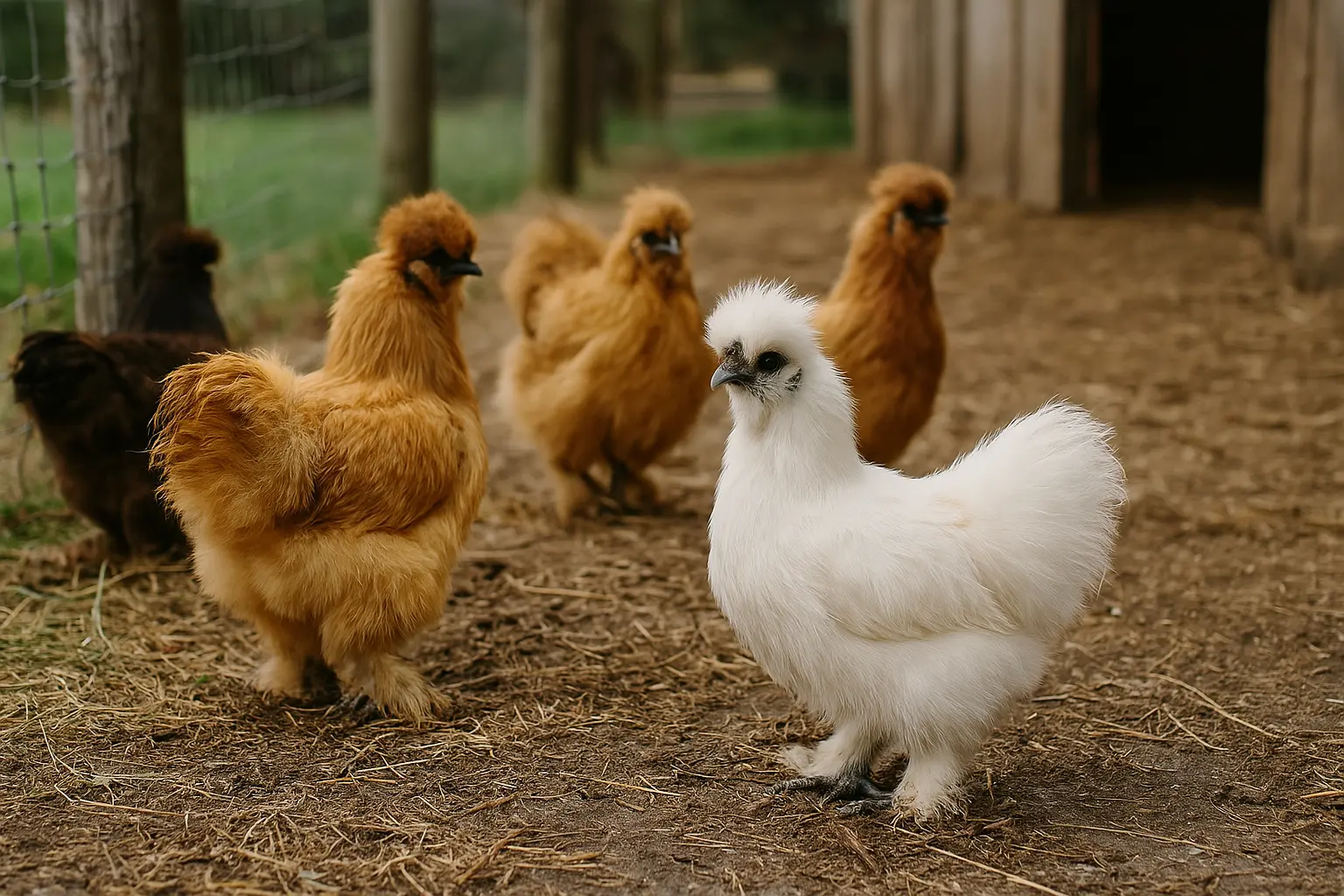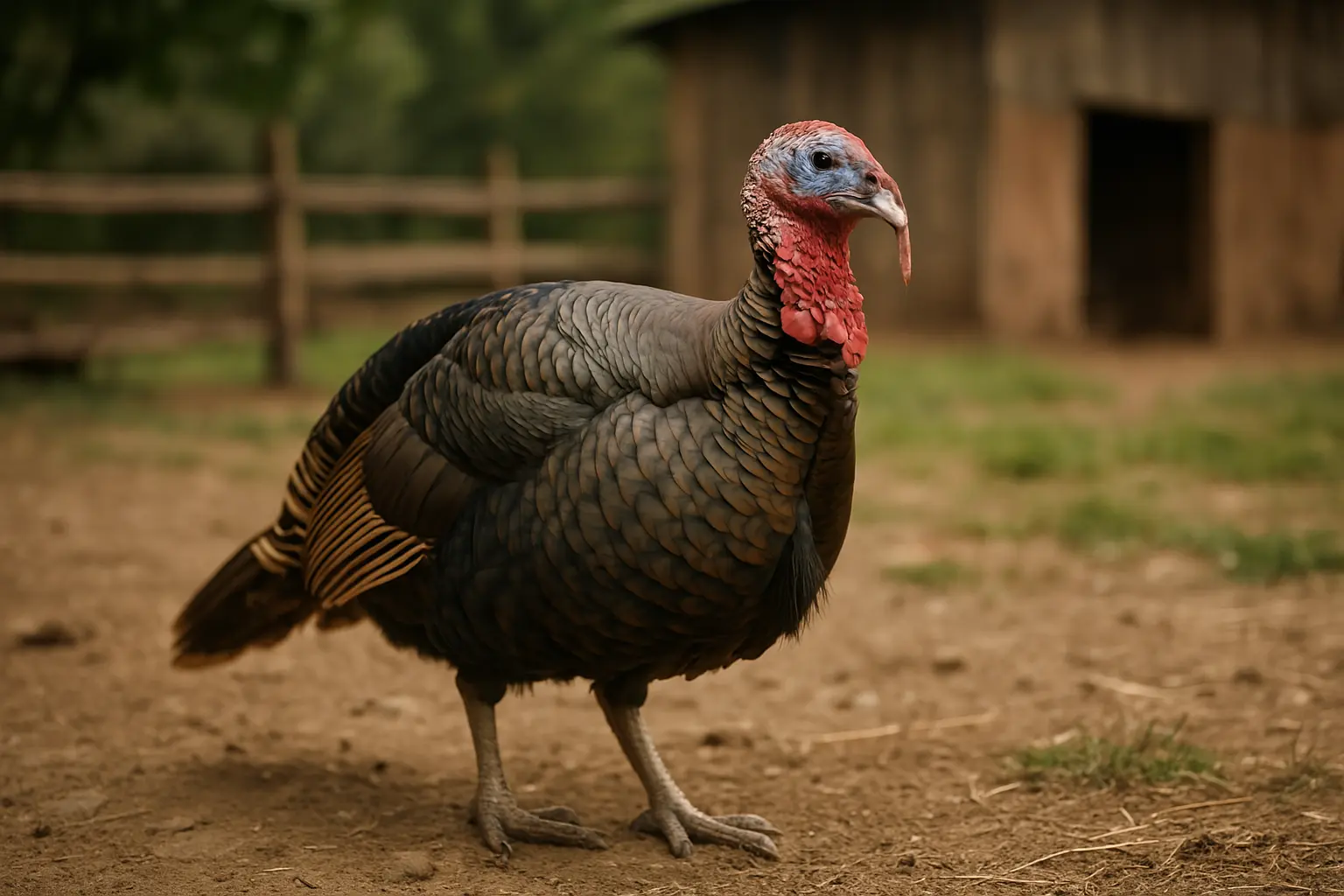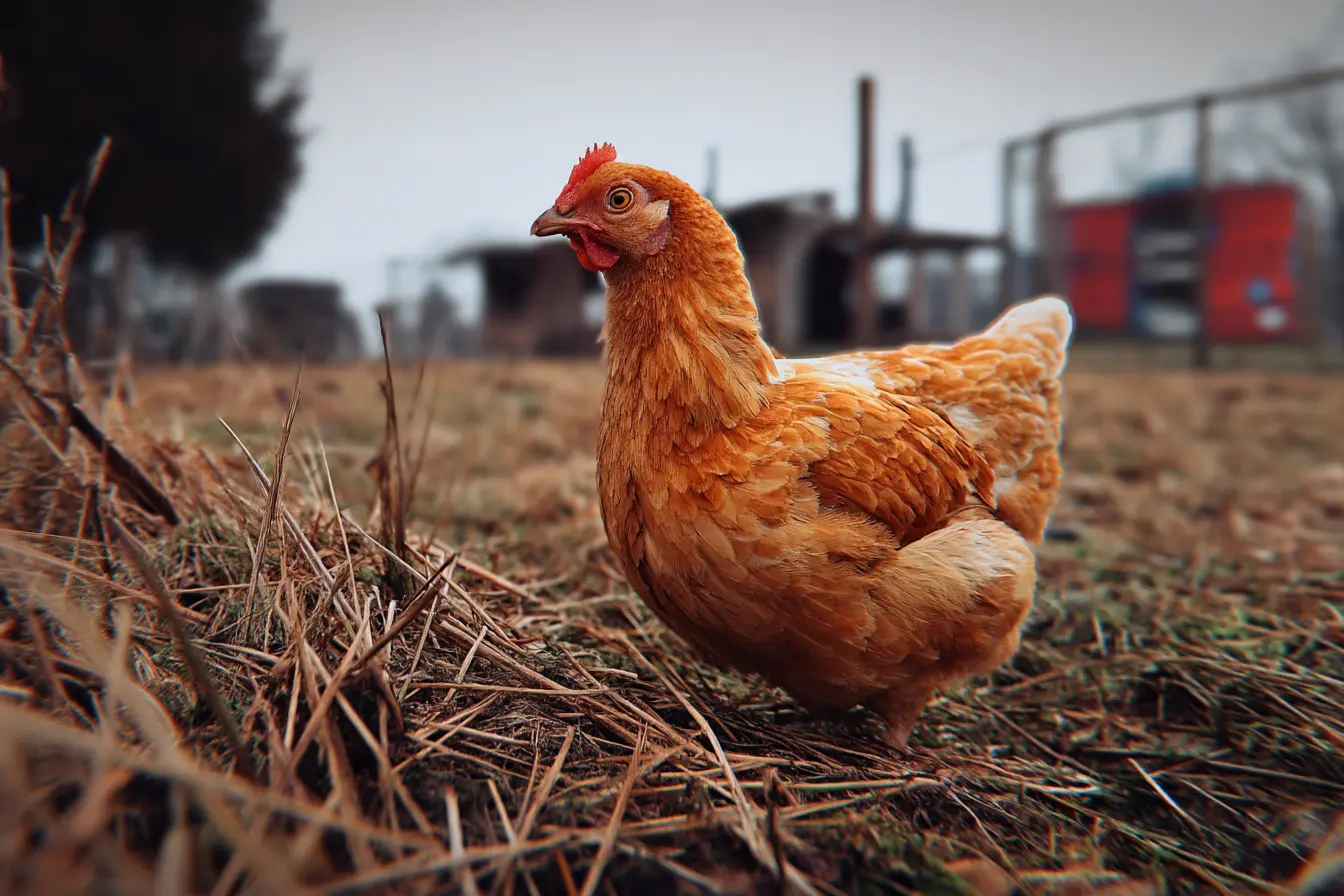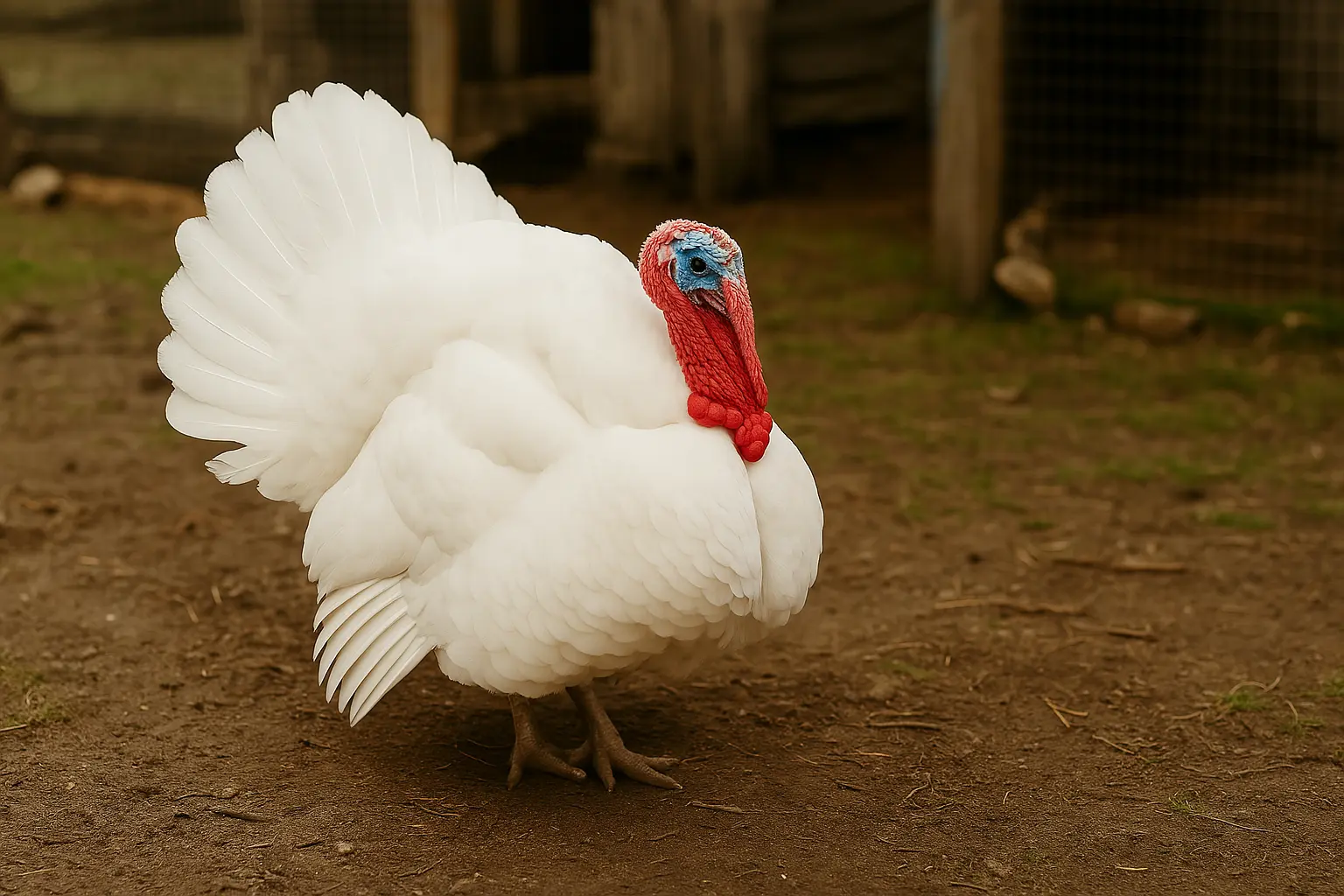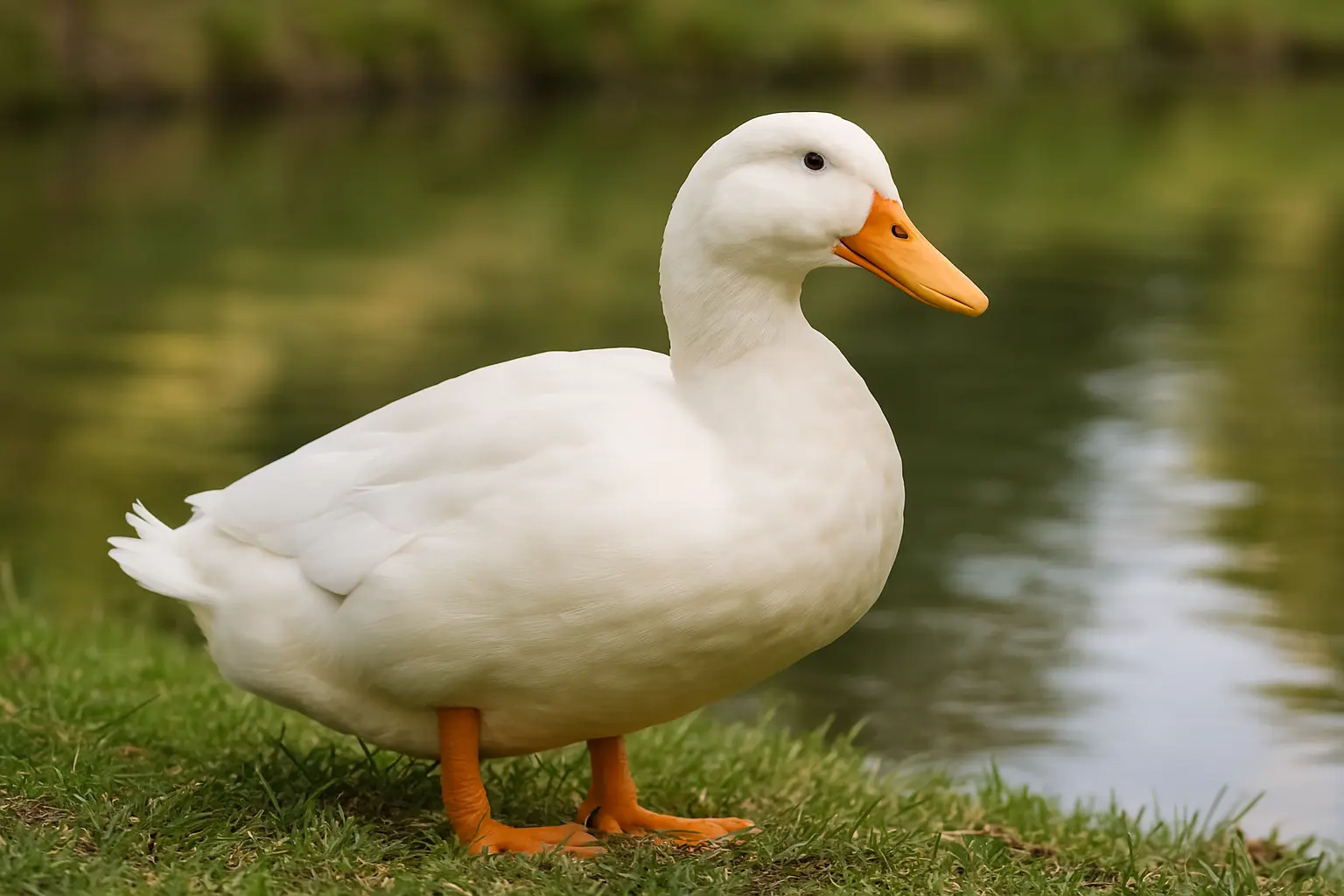
A Complete Guide to Keeping Pekin Ducks
Pekin ducks are a popular choice among poultry keepers in the UK, known for their friendly personalities, excellent egg production, and beautiful white plumage. Whether you're looking to keep ducks for eggs, as pets, or simply to add charm to your garden, Pekins are a fantastic option for both beginners and experienced keepers alike.
In this guide, we’ll cover everything you need to know about keeping Pekin ducks, from housing and feeding to health care and legal considerations.
Introduction to Pekin Ducks
Pekin ducks, also known as American Pekins, are a domesticated breed originating from China. They were introduced to the West in the 19th century and have since become one of the most popular duck breeds worldwide, valued for their hardiness, adaptability, and productivity.
Key Characteristics:
- Lifespan: 8-12 years with proper care
- Size: Large (ducks weigh around 3.5-4.5 kg; drakes 4.5-5.5 kg)
- Temperament: Friendly, calm, and sociable
- Colour: Pure white plumage with a bright orange bill and feet
- Egg Production: 150-250 large white eggs per year
- Hardiness: Adaptable to UK weather, but requires shelter in extreme conditions
Why Choose Pekin Ducks?
Pekin ducks are an excellent choice for several reasons:
- Friendly Nature: They are sociable and enjoy human interaction, making them great pets.
- Excellent Egg Layers: Producing a high number of large eggs, Pekins are a reliable choice for those wanting a steady supply.
- Cold Hardy: Pekins can thrive in the UK's variable climate with proper shelter and care.
- Low Maintenance: They are relatively easy to care for with minimal special requirements.
- Good for Meat Production: Pekins grow quickly and have high-quality meat, making them a dual-purpose breed.
- Great for Pest Control: They enjoy foraging and help control slugs, snails, and other garden pests.
Housing Requirements for Pekin Ducks
Providing the right housing is crucial to ensure the well-being of your Pekin ducks.
Duck House Requirements
- Size: Allow at least 0.5 square metres per duck inside the duck house.
- Ventilation: Adequate airflow is essential to prevent respiratory issues.
- Bedding: Use absorbent materials such as straw, wood shavings, or hay to provide comfort and warmth.
- Predator Protection: Secure housing with locks and sturdy mesh to prevent foxes and other predators.
- Access: A low entrance allows easy access as Pekins are not strong jumpers.
Outdoor Space and Water Access
Pekin ducks are active and require space to roam and access to water for bathing.
- Run Size: A minimum of 2-3 square metres per duck, but more space is preferable.
- Fencing: Use 90 cm high fencing to prevent them from wandering.
- Water Source: A pond, kiddie pool, or large shallow trough for swimming and preening.
Tip: Regularly clean water sources to prevent algae build-up and maintain hygiene.
Feeding Pekin Ducks
A balanced diet is key to keeping Pekins healthy and productive.
Essential Nutrition
- Duck Pellets: Provide high-quality duck feed with 16-18% protein content.
- Fresh Greens and Vegetables: Leafy greens, peas, and chopped vegetables are great for enrichment.
- Grain Supplements: Wheat, oats, and barley can be given as occasional treats.
- Grit: Helps with digestion by aiding in grinding food in their gizzard.
- Fresh Water: Ducks require constant access to clean drinking water.
Feeding Tip: Avoid feeding bread, as it lacks essential nutrients and can cause digestive problems.
Health and Common Concerns
Pekin ducks are generally hardy but are susceptible to some common health issues.
Common Health Issues
- Wet Feather: Occurs if ducks are unable to properly oil their feathers due to poor diet or water conditions.
- Bumblefoot: A bacterial infection caused by rough terrain; ensure their environment is soft and clean.
- Respiratory Infections: Prevent damp or draughty housing to reduce the risk of illness.
- Obesity: Pekins can become overweight if overfed; monitor their diet and encourage exercise.
- Leg Strain: Due to their large size, Pekins are prone to leg problems; provide soft bedding and avoid excessive heights.
Preventative Care: Maintain clean living conditions, provide a balanced diet, and check for signs of illness regularly.
Pekin Duck Behaviour and Handling
Pekin ducks are known for their gentle and friendly nature, making them easy to keep and handle.
- They enjoy human interaction and can become very tame with regular handling.
- They thrive in pairs or small groups, as ducks are social animals.
- They are not strong flyers, making them easy to contain within a fenced area.
- They can be quite vocal, especially females, so consider your surroundings if noise might be an issue.
Handling Tip: Start handling your ducks when they are young to build trust and encourage friendly behaviour.
Egg Production and Collection
Pekin ducks are excellent layers, producing a steady supply of large, delicious eggs.
Egg-Laying Habits
- They typically begin laying at around 20-24 weeks of age.
- Expect 4-5 eggs per week, with peak production in the spring and summer months.
- Pekins are not naturally broody, so if you wish to hatch eggs, an incubator may be necessary.
Egg Collection Tip: Collect eggs daily to ensure they remain clean and undamaged.
Winter Care for Pekin Ducks
Pekin ducks are cold-hardy but require extra care during the winter months.
- Insulated Shelter: Provide additional bedding to help retain warmth.
- Preventing Frozen Water: Use heated water dispensers or check regularly to prevent freezing.
- Increased Feeding: Increase their calorie intake slightly to maintain body heat.
- Dry Ground: Provide straw or sand in muddy areas to prevent foot problems.
Winter Tip: Avoid allowing ducks to swim in icy water, as they can develop frostbite on their feet.
Breeding and Raising Pekin Ducklings
If you plan to breed Pekin ducks, there are a few things to consider.
Breeding Tips
- Pekins are not strong natural brooders, so eggs may need to be incubated artificially.
- The incubation period is around 28 days, with a temperature of 37.5°C.
- Ducklings require warmth, chick starter feed, and shallow water to prevent drowning.
Growth Rate: Pekin ducklings grow rapidly and can reach full size within 8-12 weeks.
Legal Considerations in the UK
Before keeping Pekin ducks, be sure to check local regulations and guidelines for poultry keeping in your area.
- DEFRA Regulations: Stay informed about biosecurity measures and avian flu outbreaks.
- Local Council Rules: Some councils may have restrictions on keeping ducks in urban areas.
- Neighbour Considerations: Pekins can be noisy, so consider informing your neighbours beforehand.
Conclusion
Pekin ducks are a wonderful choice for UK poultry keepers looking for friendly, productive, and easy-to-care-for birds. Whether you're keeping them for eggs, as pets, or simply to enjoy their presence in your garden, Pekins are sure to bring joy and utility to your home.
With proper housing, nutrition, and care, your Pekin ducks will thrive and provide you with years of companionship and fresh eggs.
Contents
- Introduction to Pekin Ducks
- Why Choose Pekin Ducks?
- Housing Requirements for Pekin Ducks
- Feeding Pekin Ducks
- Health and Common Concerns
- Pekin Duck Behaviour and Handling
- Egg Production and Collection
- Winter Care for Pekin Ducks
- Breeding and Raising Pekin Ducklings
- Legal Considerations in the UK
- Conclusion
Tags
Related Vets
Vets near you
Speciality vets
- Aquatics vet specialists
- Birds vet specialists
- Camelids vet specialists
- Cats vet specialists
- Cattle vet specialists
- Deer vet specialists
- Dogs vet specialists
- Equines vet specialists
- Exotic vet specialists
- Goats vet specialists
- Pigs vet specialists
- Poultry vet specialists
- Sheep vet specialists
- Small Mammals vet specialists
- Wild vet specialists
